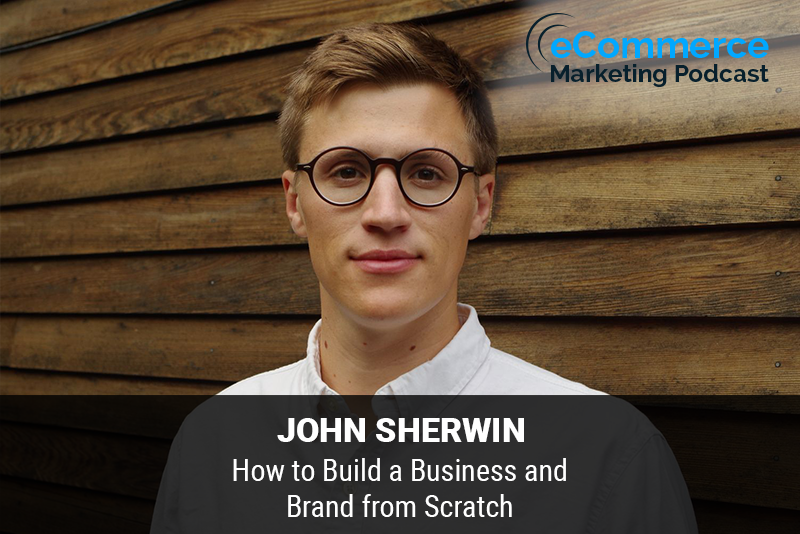
The eCommerce Marketing Podcast walks you through everything that goes into ecommerce marketing — from inbound marketing to paid advertising to conversions. Learn the strategies top marketing experts use to grow their businesses.
Marketing Strategies Revealed in this Episode:
- How to build an effective framework for startup businesses
- The risks that need to be considered and how to avoid and/or mitigate them
- The tools and resources needed to build a brand and business
- The proper ways to measure the success of your business and brand building

Episode Title: Strategies for Growing a Successful E-Commerce Brand with John Sherwin
Host: Arlen Robinson
Guest: John Sherwin, Co-Founder of Hydrant
In this episode of the E-commerce Marketing Podcast, Arlen Robinson chats with John Sherwin, co-founder of Hydrant, a company offering a powdered hydration mix designed to rival traditional sports drinks like Gatorade. John shares his journey from studying biology at Oxford to launching Hydrant in the competitive hydration market. He discusses the strategies and frameworks that helped Hydrant grow, including leveraging e-commerce, understanding market fit, and creating authentic relationships with customers.
Key Takeaways:
- Introduction and John’s Background [00:00 – 04:00]
- Transition from studying biology at Oxford to Silicon Valley [00:30].
- Inspiration for Hydrant from medical students’ hydration practices [01:30].
- Initial struggle with hydration despite drinking lots of water [02:30].
- Framework for Creating a Business [04:00 – 08:00]
- Utilizing e-commerce to launch Hydrant [04:30].
- Importance of direct-to-consumer (DTC) model for initial feedback [06:00].
- Transitioning from DTC to omni-channel retail strategy [07:00].
- Risks and Mitigation Strategies [08:00 – 14:00]
- Taking calculated risks early on [08:30].
- Avoiding addiction to digital marketing spend [10:00].
- Ensuring product-market fit before scaling [11:30].
- Tools for Managing Multi-Channel Approach [14:00 – 19:00]
- Essential tools: Shopify, Recharge for subscriptions, Klaviyo for email marketing, and SMS services [14:30].
- Importance of being data-driven [16:00].
- Challenges with offline attribution and measuring campaign success [17:30].
- Influencer Marketing [19:00 – 23:00]
- Differentiating between celebrity and micro-influencers [19:30].
- Value of authentic influencer relationships [21:00].
- Clear deliverables for influencer collaborations [22:30].
Guest Info:
- Name: John Sherwin
- Position: Co-Founder of Hydrant
- LinkedIn: John Sherwin
For more insights and to connect with John Sherwin, visit his LinkedIn profile.











